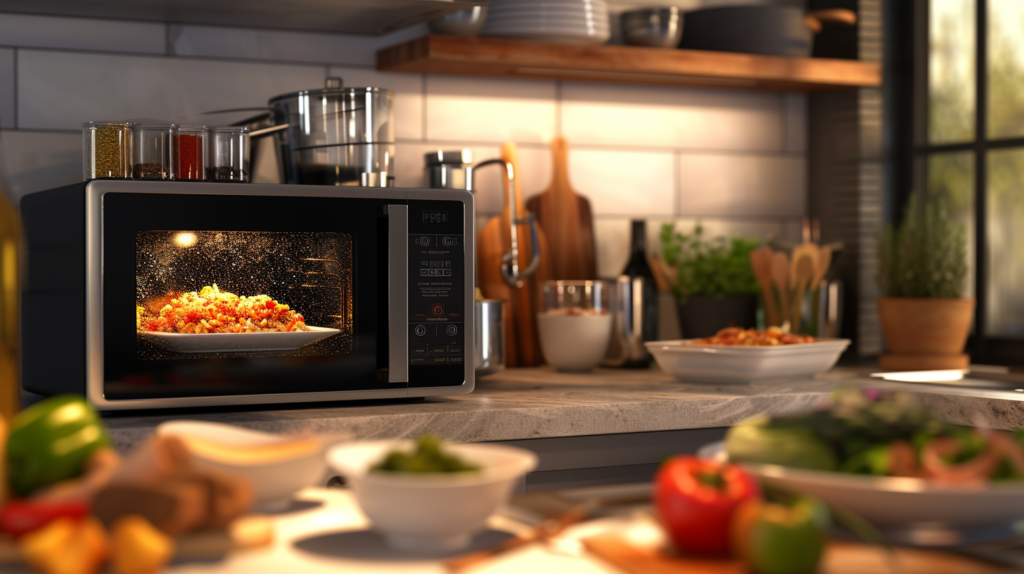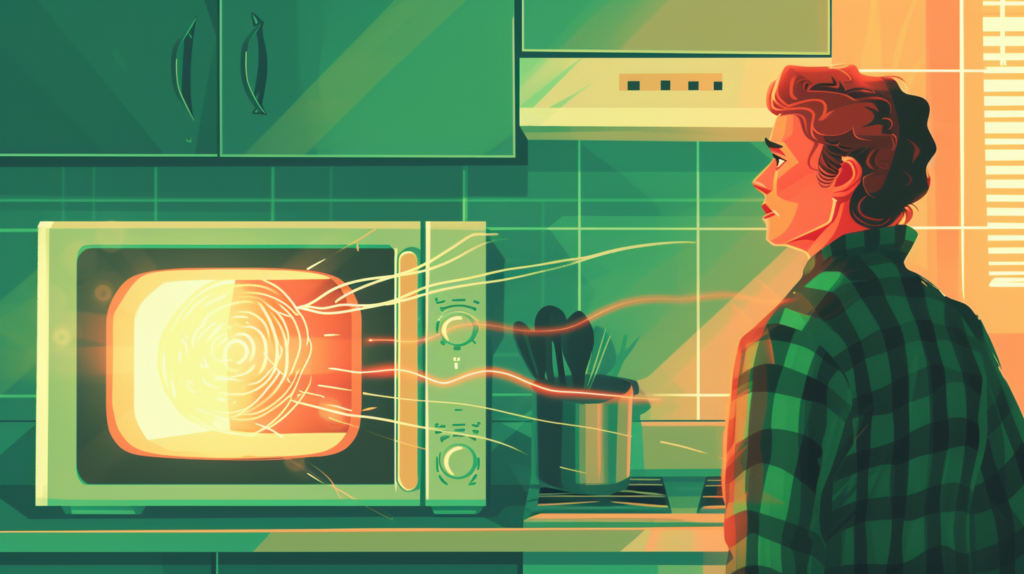In the modern fast-paced world, the microwave oven has become a kitchen staple for its convenience and time-saving qualities. However, the impact of microwave reheating on both the nutritional value of food and potential health risks has been a topic of debate. In this blog, we delve into the scientific research surrounding this subject, offering a nuanced understanding of how microwave reheating affects our food and health.

1. Nutritional Integrity in the Microwave Era
Recent studies have suggested that the nutrient content and retention in microwave-cooked or reheated foods are generally comparable, if not superior, to those prepared using conventional methods. According to a 1989 study by Klein, microwaving food, if done correctly, can preserve essential vitamins and minerals. This finding is crucial for those who rely on microwaves for convenience yet are mindful of their dietary intake.
However, a study by Watanabe et al. in 1998 highlights a specific concern regarding vitamin B12 – a vital nutrient found in meat, milk, and eggs. The research found that microwave heating can lead to a significant loss (30-40%) of vitamin B12 in these foods. This degradation is particularly concerning given the essential role of vitamin B12 in nerve function and blood formation. The takeaway here is not to avoid microwaves but to be mindful when heating foods rich in vitamin B12, perhaps opting for gentle reheating methods or consuming them fresh when possible.
2. Health Risks: Separating Fact from Fiction
Microwave ovens work by causing water molecules in food to vibrate, producing heat that cooks the food. This method of heating, as per Baldwin’s 1983 study, is deemed safe, with strict government regulations in place to protect users from any potential harm. However, a review by Ağagündüz and Bilici in 2016 raises concerns about exposure to microwave radiation. While the levels emitted by modern microwave ovens are significantly low thanks to stringent safety standards, it’s still wise to avoid standing directly against the appliance while it’s operating.
Another aspect to consider is the uneven heating often associated with microwaves, which can affect food safety. Hedeen, Reimann, and Everstine’s 2016 research indicates that in food service establishments, inconsistent microwave heating can lead to inadequately cooked foods, potentially harboring harmful bacteria. The lesson here is to ensure food is evenly heated and reaches the appropriate temperature to eliminate any foodborne pathogens.


3. Practical Recommendations for Safe Microwave Use
Based on the current body of research, here are some practical tips for using your microwave safely and nutritiously:
- Mindful of Vitamin B12: Be cautious when microwaving foods high in vitamin B12. Consider using lower power settings or shorter heating times to minimize nutrient loss.
- Even Heating: Stir food midway through heating and check for even temperature distribution to avoid cold spots that can harbor bacteria.
- Stand Back: Reduce exposure to microwave radiation by not standing directly against the appliance while it’s in use.
- Follow Guidelines: Adhere to manufacturer instructions for optimal heating times and methods.
In conclusion, while microwaves offer a convenient way to prepare and reheat food, understanding their effects on nutrition and health is essential. By using microwaves judiciously and following safety guidelines, we can enjoy the benefits of this modern appliance without compromising our health and well-being.